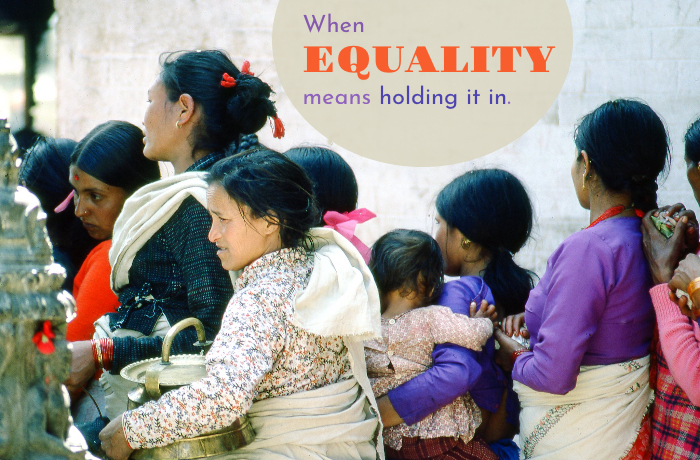Why I Chose This Theme
March is Women’s History Month, a time to honor the contributions of women throughout history. I chose to focus specifically on Black women because they have continuously broken barriers despite facing systemic challenges designed to suppress their greatness. From civil rights activists to scientists, artists, and athletes, Black women have shaped history and continue to inspire generations.
Why I Chose the Song “Freedom” by Beyoncé & Kendrick Lamar
I selected this powerful cover of “Freedom” by Church by the Glades because it captures the raw emotion of struggle, resilience, and victory. The song itself, originally performed by Beyoncé and Kendrick Lamar, is an anthem of resistance and perseverance, making it a perfect fit for this project.
The beginning of the song features a speech by Martin Luther King Jr., immediately setting a tone of historical significance and activism. His voice reminds us of the long fight for civil rights and how Black women played an essential role in that movement.
Editing & Effects
To enhance the impact of my video, I added effects that emphasize movement and emotion. I also used strategic pacing to ensure that the images aligned with the beat and intensity of the song. This helps create a strong visual and emotional connection between the viewer and the stories of these remarkable women.
Software Used
For this project, I used Canva to design and edit my video. Canva allowed me to create a clean, visually striking presentation while maintaining a smooth flow between images and text.
Image 1
The Equal Rights Amendment: Yesterday and Today by U.S. National Archives, licensed under Flickr, History.
Image 2
Katherine Johnson by Obanmawhitehouse.archives.gov, licensed under US Government, public Domain.
Image 3
Young Woman Soliciting Funds For A Chicago Organization In A Shopping Center Parking Lot, 08/1973 by U.S. National Archives, licensed under Flickr, History.
Image 4
Religious Fervor is Mirrored on the Face of a Black Muslim Woman, One of Some 10,000 Listening to Elijah Muhammad Deliver His Annual Savior’s Day Message In Chicago, 03/1974 by U.S. National Archives, licensed under Flickr, History.
Image 5
A Black Woman, One Of The Nearly 1.2 Million People Of Her Race Who Make Up Over One Third Of Chicago’s Population, 07/1973 by U.S. National Archives, licensed under Flickr, History.
Image 6
20150326-01-104 by U.S. National Archives, licensed under Flickr, History.
Image 7
Black Woman Selling Gas Filled “Have A Happy Day” Balloons On A Chicago South Side Street Corner At Sox Park Baseball Field, 06/1973 by U.S. National Archives, licensed under Flickr, History.
Image 8
Dorothy_Height by Schlesinger Library on the History of Women in America, licensed under licensed under Flickr, History.
Image 9
Arline_Yarbrough by Schlesinger Library on the History of Women in America, licensed under licensed under Flickr, History.
Image 10
Claudette Colvin by GPA Photo Archive, licensed under Flickr, History.
Image 11
Abna_Lancaster by Schlesinger Library on the History of Women in America, licensed under licensed under Flickr, History.
Image 12
Alice_Dunnigan by Schlesinger Library on the History of Women in America, licensed under licensed under Flickr, History.
Image 13
Bazoline_Usher by Schlesinger Library on the History of Women in America, licensed under licensed under Flickr, History.
Image 14
Ardie_Halyard by Schlesinger Library on the History of Women in America, licensed under licensed under Flickr, History.
Image 15
Alfreda_Duster by Schlesinger Library on the History of Women in America, licensed under licensed under Flickr, History.

